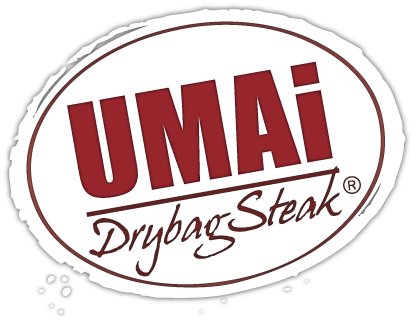Much of todays society is focused on food “purity”. Many products today are marketed as “locally raised”, “sustainable” and free of many ingredients deemed to be undesirable.
One such ingredient is commonly referred to as “nitrite”. Processed meat products like salami, ham, turkey, etc. are boasting a claim to be “nitrite free“.
What is referred to as “nitrite” is actually sodium nitrite a salt commonly used in preserving meat and protecting the meat from growth of harmful bacteria know as Clostridium botulinum which can cause botulism a dangerous possibly fatal condition.

A “nitrite free” product purchased in an American supermarket most certainly does contain nitrite, but not in its salt form. The manufacturers of these “nitrite free” products often use extracts of celery or celery seed, which naturally contains elevated levels of nitrite. The labeling laws in the US allow companies who use a plant derived form of nitrite to claim that their products are “nitrite free”.
One of the interesting details about the use of celery derived nitrites is that it is virtually impossible to control the concentration of nitrite in the meat precisely, since the levels of nitrite in celery can vary widely depending on its source.
By adding a nitrite salt such as Instacure #1 or Instacure #2 to your home made sausage you can control the level of nitirite in the meat more precisely and avoid over or under dose.
Instacure #1 contains 93.75% salt and 6.25% sodium nitrite and should be added at a level of .25% of the weight of the meat.
It is used for fresh and cooked sausages and hams
Instacure #2 contains 92.75% salt and 6.25% sodium nitirite as well as 1% sodium nitrate. It should be added to meat at a level of .25%. This curing salt is used in dry sausages and charcuterie meats that are aged longer than 2 weeks.
The sodium nitrate component of this additive breaks down into sodium nitrite. Sodium nitrite eventually breaks down through oxidation into nitric oxide in dry sausages leaving no trace behind.
Michael Ruhlman outlines the myths behind “nitrite free” labeling in his post: http://ruhlman.com/2011/05/the-no-nitrites-added-hoax/
